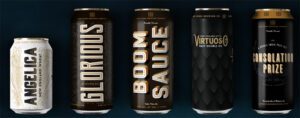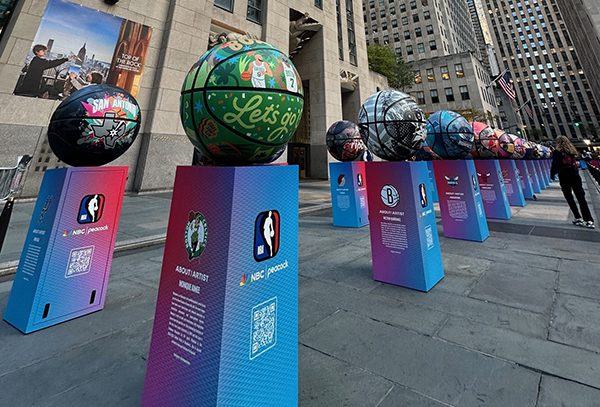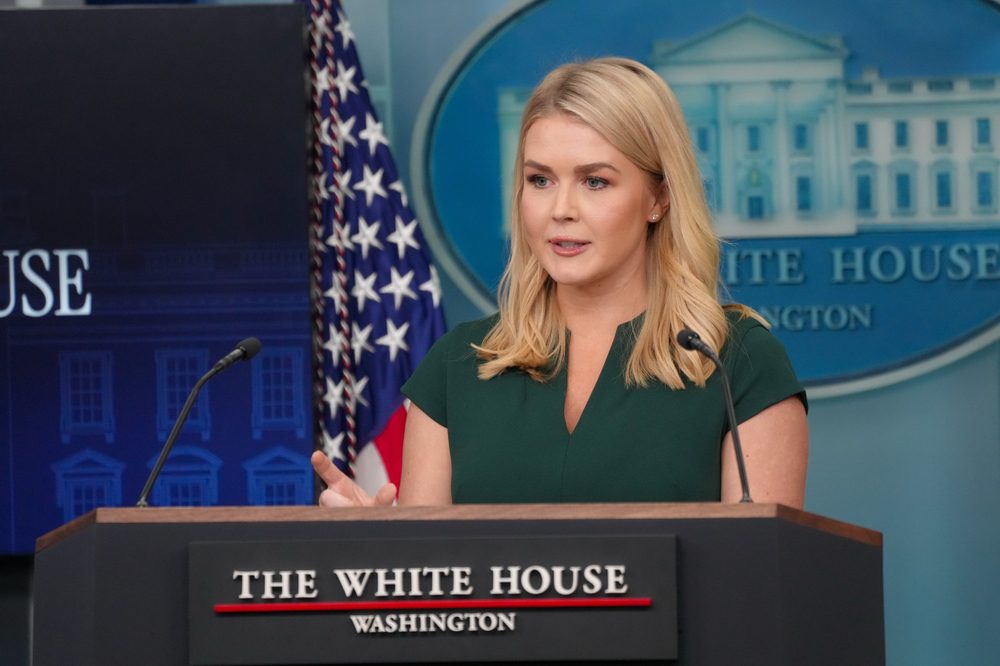
Unlike many B2B marketers, James Furbush of Lord Hobo Brewing has one clear metric to watch when tracking ROI: Are we selling more beer?
“That’s my North Star,” says Furbush, who joined the company this spring as its first ever B2B marketing manager. “The challenge in B2B marketing is that there are so many things you can measure across different activities and channels. As long as we keep our eyes on the prize, my job is a lot easier,” he says.
The three-year-old Woburn, MA-based craft brewery’s B2B target audience is liquor stores, bars, restaurants and wholesale distributors. “Most craft beer brands are entirely focused on the consumer,” says Furbush. “My primary role is to keep distributors in the know, and provide material that they need to sell our beer.”
The space is a challenging one. The competition between craft brews is considerable: Five years ago there were about 2,000 breweries in the U.S.; today, there are about 7,000. And craft beers aren’t just competing with each other—they’re also competing for alcohol drinkers dollars with wine and cocktails.
You May Also Enjoy:
- Connecting Employees With Brand Helps Fuel Grant Thornton
- Direct Mail is About Data, Not Being Pretty
“It’s hard to get the attention of consumers and beer buyers in a bar, restaurant or retail location,” he says. “And, it’s challenging on the B2B front, because there is a lot of turnover in the industry.”
Furbush is starting from the ground up to build a B2B strategy for Lord Hobo, considering the infrastructure needed to create a martech stack for the brand and create a contact database to help identify and engage the addressable market.
“A lot of business for our sales team is done in the classic way,” he says. “We ask our sales guys if they have a contact list and we get back a pile of business cards.”
A strong focus is being placed on creating content to help the sales team engage and nurture customers. Content will be distributed through several channels, including enewsletters and a soon to launch B2B blog. Creatively, Lord Hobo is working to promote the concept of New England-style craft beer.
“New England IPAs are very hot, so when people think of New England beer, we want Lord Hobo to be a brand they think about,” says Furbush. “There are boutique malt houses and hop farms in [the area]. We want to tell a New England story, particularly outside [the region]—if we provide education, hopefully that will translate into brand building for Lord Hobo.”
Lord Hobo is currently distributed in 15 states, with a salesperson stationed in each market. To help in the brand and relationship building process, every month each sales rep and manager nominates five accounts to receive handwritten notes. A specific contact at each of those accounts gets a note signed by the CEO thanking them for their business, and urging the contact to reach out if there is anything he can do to help.
“It’s a tactile high touch kind of thing,” he says. “Most digital marketing strategies are like white noise, so this is about getting someone’s attention.”
The notes—created using Bond—are treated like a direct mail campaign. The company is tracking when someone writes back, thanking the CEO for acknowledging their business. The average response rate is 12 percent.
“We’re figuring out how to track those accounts in our CRM to see if it moves the needle on beer sales,” he says. “We’ll tie it all together and see if those who respond are buying more beer, so if we can see if there is an ROI for the marketing spend.”
Join us on Thursday, Nov. 8 to hear James Furbush share more about Lord Hobo’s B2B marketing strategy in a free virtual event, Content First Marketing. Register now!




